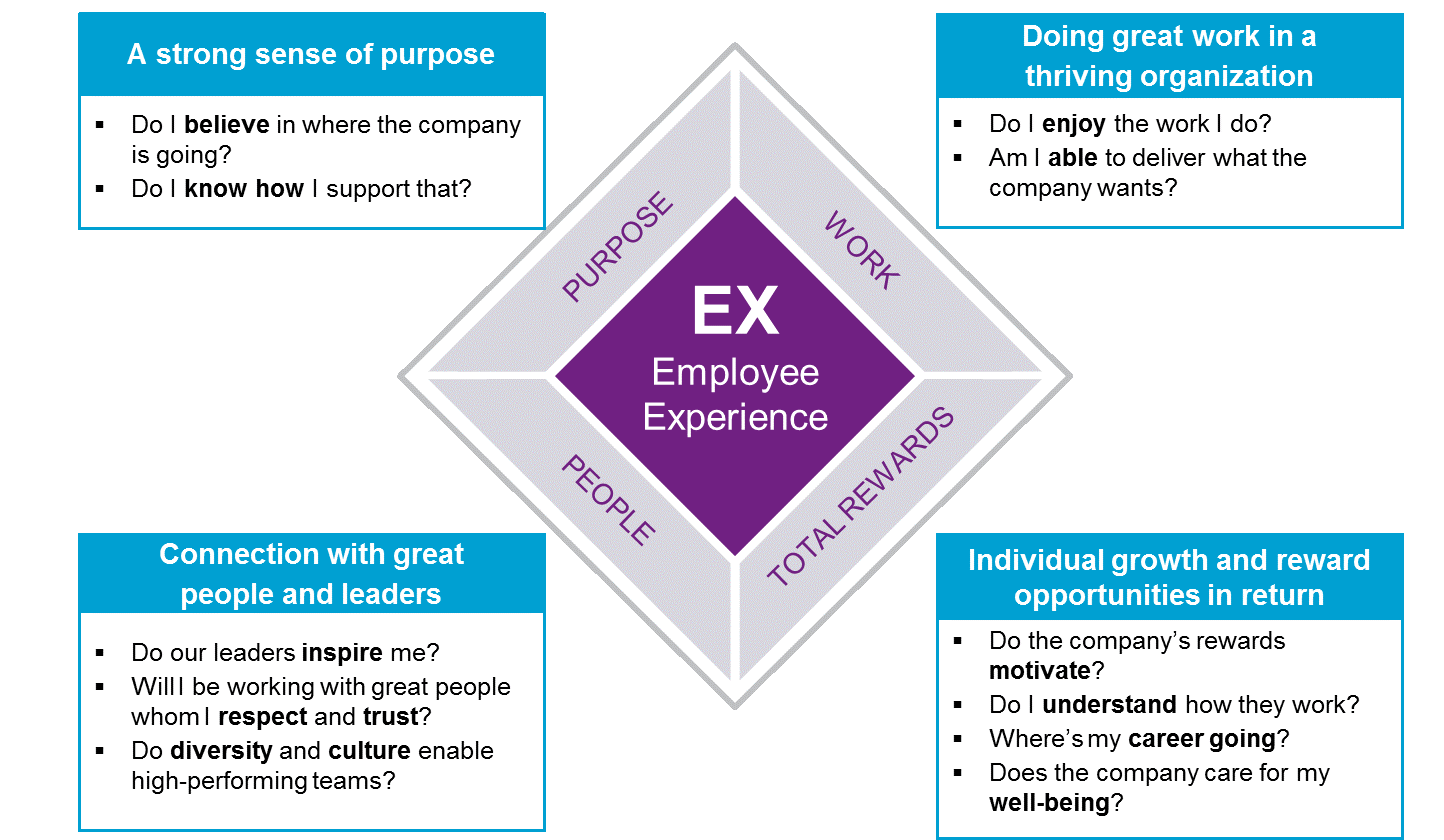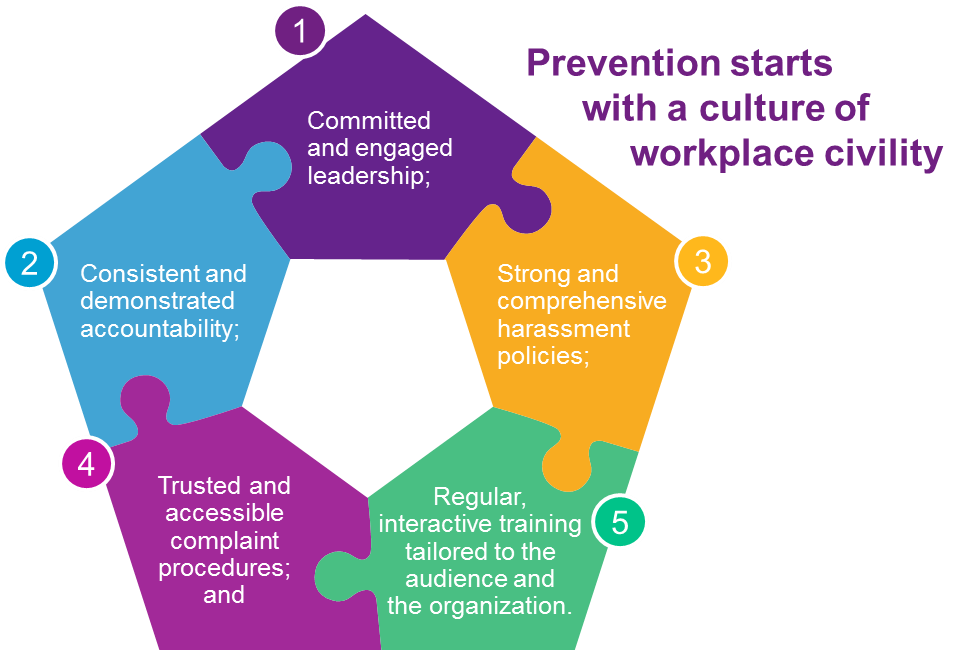You’ve seen the headlines, as one notable man after another has a disgraceful fall from power after many women have bravely come forward with their stories. Beyond the scandals involving Weinstein, Lauer, Moonves, and hundreds of other high profile individuals, today’s workplace environment has seen a significant surge in focus and awareness of sexual harassment. The effects of the #MeToo movement and the Time’s Up Initiative have sparked hundreds of accusations against (mostly) men in power. According to a CNN/Time Survey, 70% of Americans classify sexual harassment as a “very serious problem” compared to 1998 when only 36% of Americans did.

This grassroots outrage has empowered employee activism, in terms of walkouts, strikes, and lawsuits at household-name companies like McDonald’s, Google, and Nike. The EEOC’s most noteworthy trend in FY 2018 may have been sexual harassment filings, which totaled 41, the Commission’s highest number in 5 years. In October 2018, the EEOC released a statement revealing that it recovered $70 million for victims of sexual harassment in 2018, which is up from $47.5 million in 2017.
However, for every case that leads to a lawsuit or settlement, there are hundreds more women who aren’t as eager to say #MeToo, whose stories go unreported. Largely, this is because employees lack trust in their employers or fear retaliation which could lead to a derailment of their careers, reputation and livelihood.
Impact on the Employee Experience and Business Performance
The consequences of harassment are more than just legal implications. Such behavior can erode workplace culture – spoiling what makes people enjoy about working there. Harassment also adversely impacts a company’s brand, both in the eyes of consumers and potential employee candidates. Taken as a whole, harassing behavior creates fundamental risks to all four major aspects of the overall Employee Experience:

Harassment especially affects one’s wellbeing at work: Physical wellbeing, emotional/social wellbeing, and yes, even financial wellbeing. How? Women who have experienced sexual harassment report greater financial stress two years later, mostly due to their leaving the organization due to harassment.
So, as harassment threatens wellbeing, it ultimately takes a big toll on people and business performance – given the impact it has on sustainable employee engagement and productivity. Eventually, the effects of sexual harassment leads to the loss of talent, as people are 6.5 times more likely to leave the organization if they have experienced sexual harassment.
As HR professionals, what can we do to prevent workplace harassment?

- As with anything significant in business, leadership commitment and engagement is paramount to preventing workplace harassment, and employers can give direction to leaders and managers to model behavior, encourage reporting, and for setting the culture.
- Ensuring leadership accountability is key. In the absence of accountability, a dangerous message is conveyed despite any policies you have in place. That is, the workplace culture devolves into a “when it’s okay for leadership, it’s okay for everyone” mentality, and turns zero tolerance into total tolerance – leading to hostile or bullying behaviors. Leaders need to be held accountable for their violations, allowing violations to occur, and retaliation. Senior executives or managers “at risk” may need individual coaching.
- HR, too, needs to show leadership, and take proactive measures to prevent workplace harassment. Start by getting educated on new state and federal anti-harassment legislation – there are many new laws since #MeToo erupted. Then, sharpen and redistribute written policies, and make crystal-clear to employees their protections. HR can provide detail on what is acceptable conduct, as well as the kind of behaviors that are absolutely NOT acceptable – including clarifying the “grey area” of behaviors that confuse employees (e.g., can you compliment a co-worker on her dress? Or pat someone on the back for a good job? Or tell risqué jokes to co-workers you consider friends?).
- Employees need to feel comfortable and safe to report incidents. So, it is important to emphasize non-retaliation provisions, and stamp out gateway behavior. You can also ensure that multiple wide-open reporting channels and robust response protocols are in place – hotlines, HR structures, open door options, EEO coordinators, or a rapid response team and plan.
- Employers can also enhance its harassment training courses – for all employees – that emphasize creating a respectful workplace and culture through interactive and in-person consensus, and providing bystander intervention techniques and training. In addition, pursue proactive reinforcement of the learnings, through strong change leadership and actions such as conducting in person follow-up with complainants and accused.
Want to learn more? You’ll find helpful articles and research on this topic below.
Article: Mining their minds: Optimizing the Employee Experience
Article: Why meaning and purpose should be central to the employee experience (Part 1 in series)
Article: FI Observer: FCA turns its sights on sexual harassment
Research: Employment Practices Liability insurance


